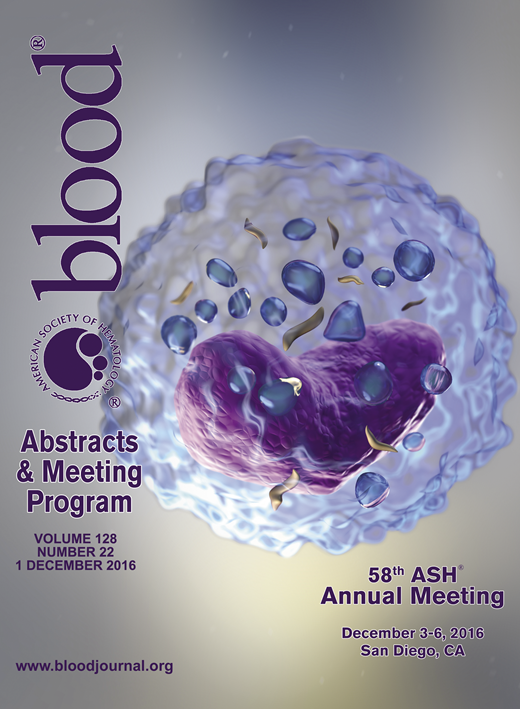Abstract
Introduction
β-thalassemia is a heterogeneous group of inherited blood disorders marked by defects in β-globin chain production. β-thalassemia major, or Cooley's anemia (CA), is the most severe form of the disease and results in a complete absence of β-globin chains and thus lacks all the major adult hemoglobin (HbA) in erythroid cells. This results in ineffective erythropoiesis, severe anemia, and childhood death if untreated. Fortunately, allogeneic bone marrow transplantation (BMT) can cure CA patients; however, current therapy requires finding a suitable HLA-matched donor, potentially lethal myeloablative conditioning, and post-transplantation immunosuppression. Furthermore, BMT can result in severe adverse events such as death, graft rejection, infection, or graft-versus-host disease.
Methods
Our group has developed a humanized mouse model of CA by targeted gene replacement of the adult mouse α- and β-globin genes with human α-, γ-, and nonfunctional β0-globin genes. Newborn CA mice received anti-CD122 antibody on the second day of life and single intravenous injection of bone marrow cells on the third day of life. Animals were bled periodically to monitor donor red blood cell (RBC) chimerism by flow cytometry. After at least 5 months, animals were sacrificed for analysis of donor hematopoietic stem and progenitor (HSPC) chimerism as well as disease and treatment related pathology.
Results
Homozygous CA mice synthesize solely human fetal hemoglobin at birth and succumb to lethal anemia before weaning with a mean postnatal survival of two weeks. A single injection of bone marrow cells into CA pups results in stable, long-term hematopoietic chimerism that is capable of reconstituting greater than 90% of RBCs. Interestingly, at the HSPC level, donor chimerism was determined to be much lower with a range of <1% to 15%. This suggests there is a tremendous survival advantage of donor erythroid cells over those derived from the recipient. Transplanted animals are transfusion independent, fertile, and exhibit no evidenced of graft-versus-host disease.
Conclusions
In conclusion, we have developed a mouse model of β-thalassemia that expresses human globin chains and completes the developmental fetal-to-adult hemoglobin switch after birth. Furthermore, we have demonstrated rescue of these animals from lethal anemia by allogeneic BMT in the absence of cytoreductive conditioning. These data suggest that exploitation of the naivety of the newborn immune system provides a means to circumvent the need for toxic cyto-reductive conditioning. Based on the success of these studies, we have begun to test the hypothesis that perinatal BMT without cyto-reductive conditioning is capable of overcoming MHC-mismatch between graft and host. These studies pave the way for safer transplantation strategies in children with Cooley's anemia.
No relevant conflicts of interest to declare.
Author notes
Asterisk with author names denotes non-ASH members.

